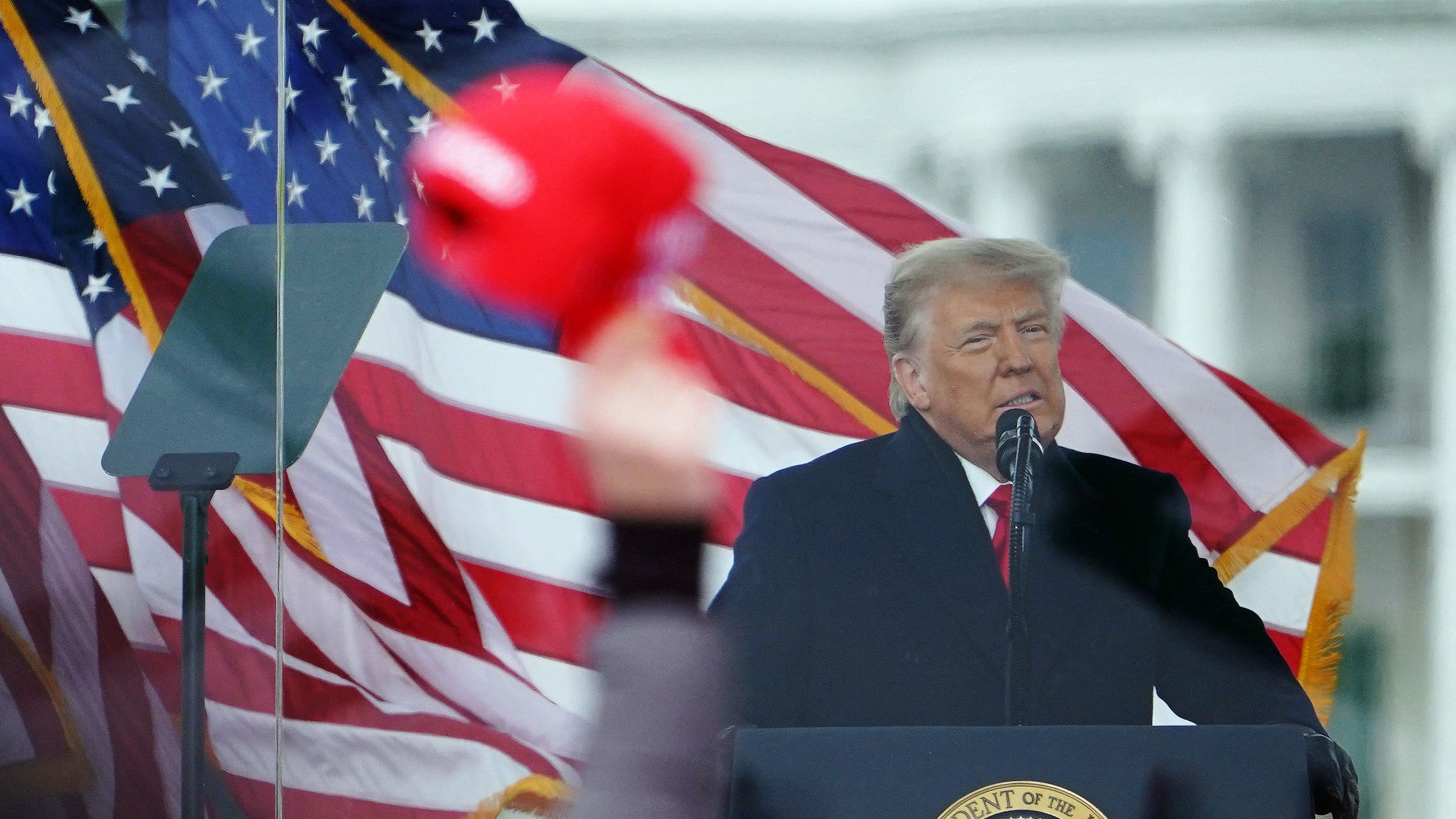
Unprecedented Mandate: Trump's Return-to-Office Order Unleashes Ripples Across Minnesota
A Tumultuous Executive Decision
In a move that has shaken the political landscape of Minnesota, former President Donald Trump has issued an executive order mandating the reinstatement of all state officials who were removed from office following the 2020 presidential election. The order, which has been met with widespread condemnation from Democratic leaders and legal experts, has sparked a contentious battle over the limits of presidential authority and the integrity of the electoral process.
Legal and Constitutional Challenges
Critics of the order argue that it is unconstitutional on multiple grounds. They contend that it violates the separation of powers doctrine by interfering with the state's authority to manage its own elections and that it infringes upon the First Amendment rights of citizens who voted to remove the affected officials from office. Additionally, they question whether Trump has the legal authority to issue such an order, as he is no longer the president of the United States.
Supporters of the order, however, maintain that it is within the president's authority to ensure the integrity of the electoral process and to prevent voter fraud. They argue that the 2020 election was marred by widespread irregularities and that Trump has a duty to take action to protect the rights of voters. They also contend that the order does not violate the separation of powers doctrine because it does not specify which officials should be reinstated, leaving that decision to state authorities.
Political Implications
The order has had a significant impact on the political landscape of Minnesota. Democratic Governor Tim Walz has vowed to resist the order, calling it "an assault on our democracy." He has directed state agencies to refuse to comply with the order and has threatened to sue the federal government if necessary. Republican legislators, on the other hand, have largely supported the order, arguing that it is necessary to address concerns about voter fraud. The order has also sparked protests and rallies across the state, with both supporters and opponents voicing their views.
Case Study: Former Secretary of State
One of the most high-profile cases affected by the order is that of Steve Simon, the former Minnesota Secretary of State. Simon was removed from office by the state legislature in February 2021, after facing allegations of election misconduct. Trump's order mandates his reinstatement, which has been challenged by Walz and the Democratic-controlled legislature. The case is expected to go through a lengthy legal process, further escalating the tensions between the federal and state governments.
Broader Implications
The executive order has raised concerns about the implications for the future of democracy in the United States. Critics fear that it will embolden those who seek to subvert the electoral process and will lead to further erosion of public trust in government. Supporters, on the other hand, believe that it is a necessary step to ensure the integrity of elections and to protect the rights of voters. The outcome of the legal and political battles surrounding the order will have far-reaching consequences for the nation.
Conclusion
Trump's executive order mandating the reinstatement of removed state officials in Minnesota has sparked a complex and contentious debate over presidential authority, electoral integrity, and the future of American democracy. The legal and political battles surrounding the order are likely to continue for an extended period, with significant implications for the state and nation as a whole. As the case of former Secretary of State Steve Simon demonstrates, the order has the potential to upend the results of free and fair elections, raising concerns about the erosion of democratic norms and the rule of law.

Post a Comment